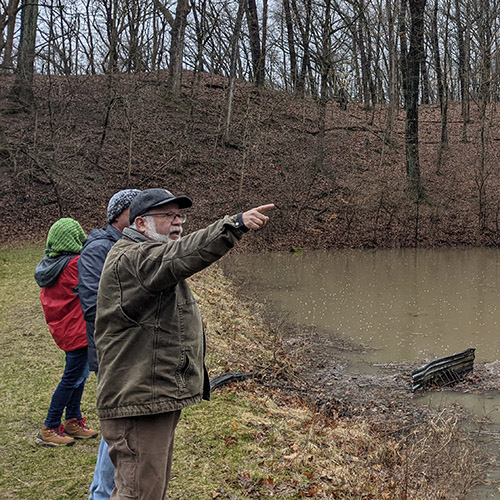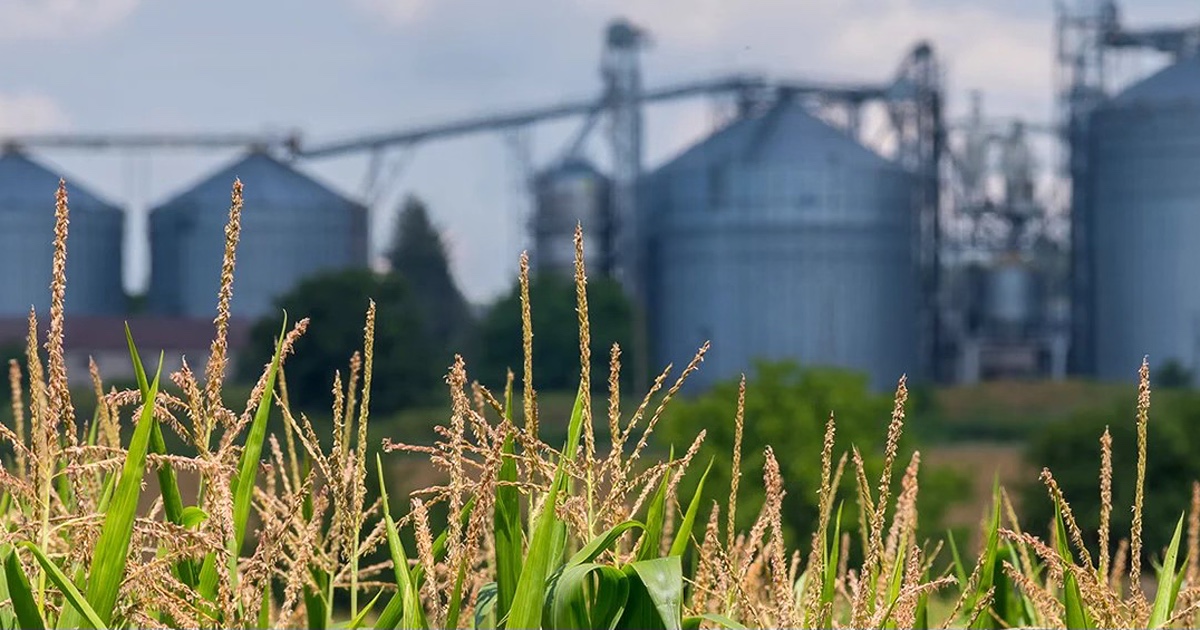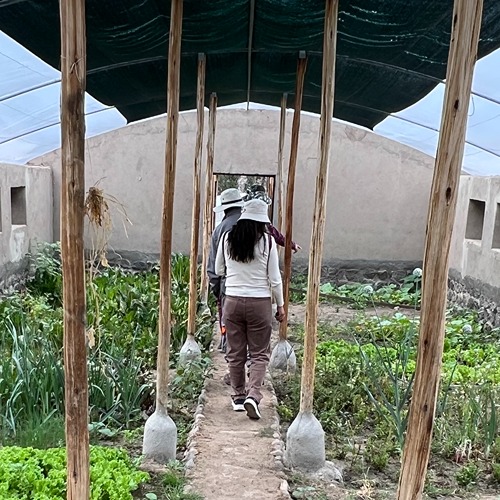Milk and motorsports: dairy’s lasting legacy in the Indy 500
Sunday, Hoosiers and racing fans from across the country gathered to watch the iconic Indy 500 race—a race steeped in tradition, where winners famously celebrate with a bottle of milk. This tradition dates back to 1936 when Louis Meyer, the first three-time winner of the race, requested a glass of buttermilk after his victory.
“The racing community has really adopted this tradition and has tried to increase awareness of dairy around the Speedway,” said Jacquelyn Boerman, associate professor of animal sciences. “Even though dairy, dairy farmers and milk production have evolved overtime, this tradition connects us back to tradition.”
Boerman explained that each year, a Hoosier dairy farmer has the honor of presenting the milk to the race winner, symbolizing the strong connection between agriculture and the Indy 500. Purdue University also plays a role in deepening that connection by bringing cows to the Fastest Rookie Luncheon. There, rookie drivers can interact with and milk cows—an experience that introduces them to Indiana’s agricultural roots.
“We try to ingrain that connection so that when drivers get a glass of milk at the end, they’ll have a better understanding of the history and importance of dairy, not only in Indiana but across the U.S,” said Boerman.
Organizations like the Indiana Dairy Producers Association and the American Dairy Association of Indiana also help keep the dairy industry top-of-mind. These groups bring together farmers from diverse backgrounds, offering a mix of perspectives and experiences that help shape the future of dairy in the state.
Purdue works closely with industry groups and local dairy farmers to develop research, Extension programs and outreach efforts that directly address real-world needs. This cooperative approach gives farmers a voice and helps ensure that their evolving challenges are met with practical solutions.
The state is also seeing some smaller farms invest in on-farm processing, allowing producers to maintain a smaller herd while directly engaging with their communities. At the same time, other farms are adopting cutting-edge technologies, from robotic milking systems to health-monitoring tools, ensuring animal welfare and operational efficiency.
“We’re trying to make Indiana a place where regardless of what your dairy farm looks like, your dairy can thrive,” said Boerman.
In her role at Purdue, Boerman teaches dairy science courses, some of which involve taking students to farms across the country, starting with farms in Indiana. These experiences help connect consumers with the people who produce their food.
The month of May is a wonderful time to remind people of where their food comes from, as well as appreciate the labor required to harvest milk and the dairy cows that make milk and other dairy products possible.
- Jacquelyn Boerman, associate professor of animal sciences







